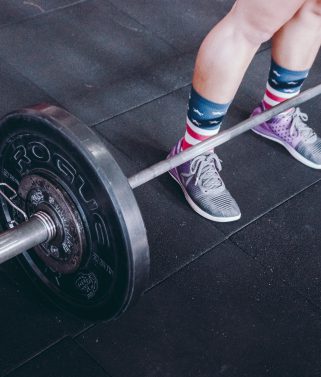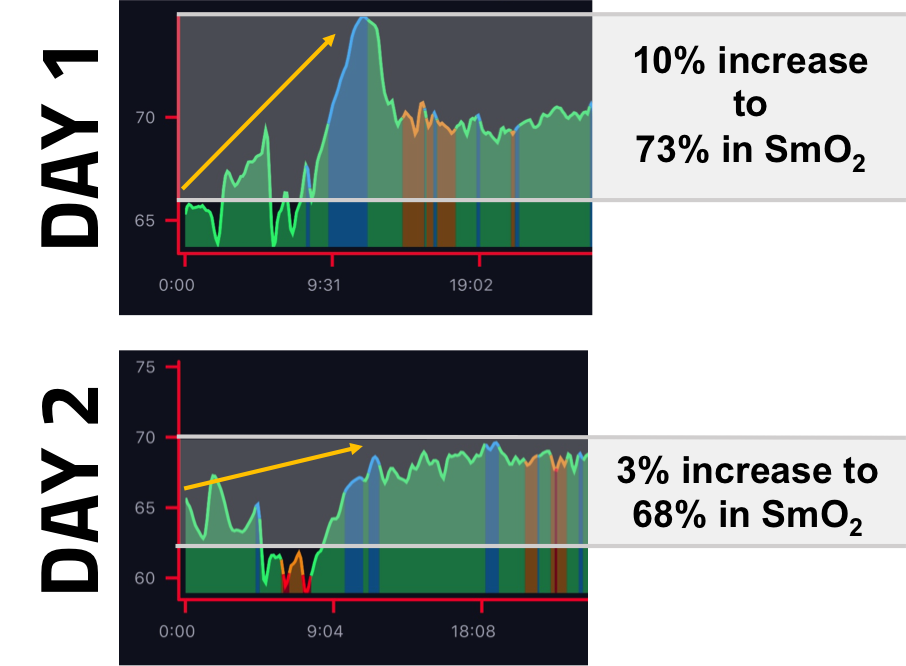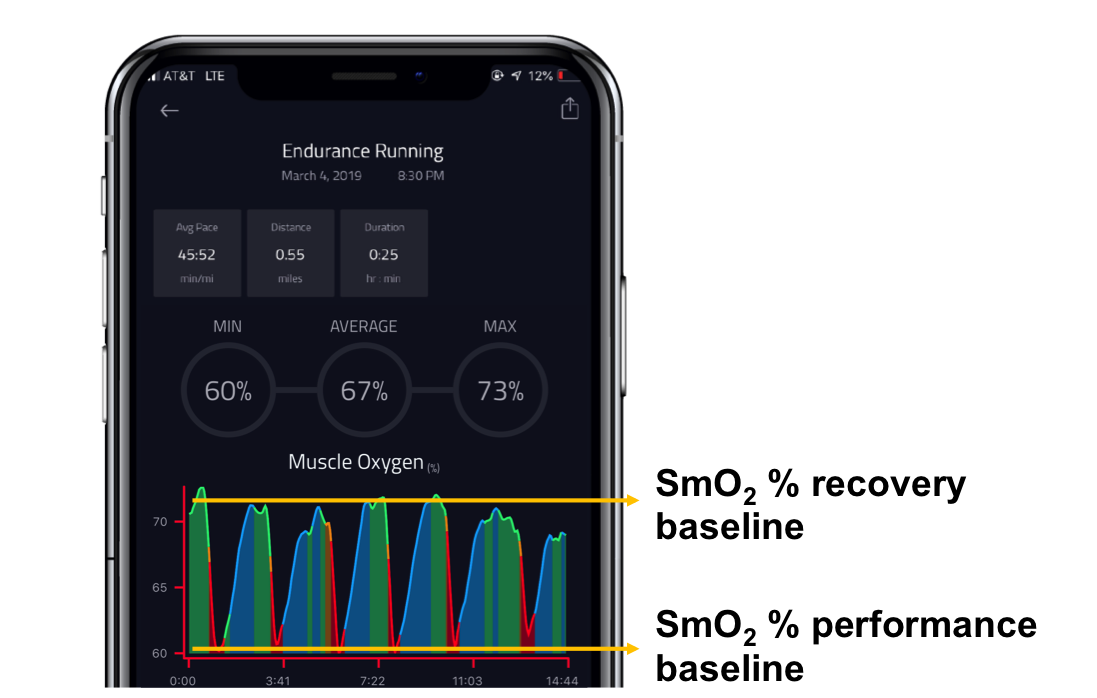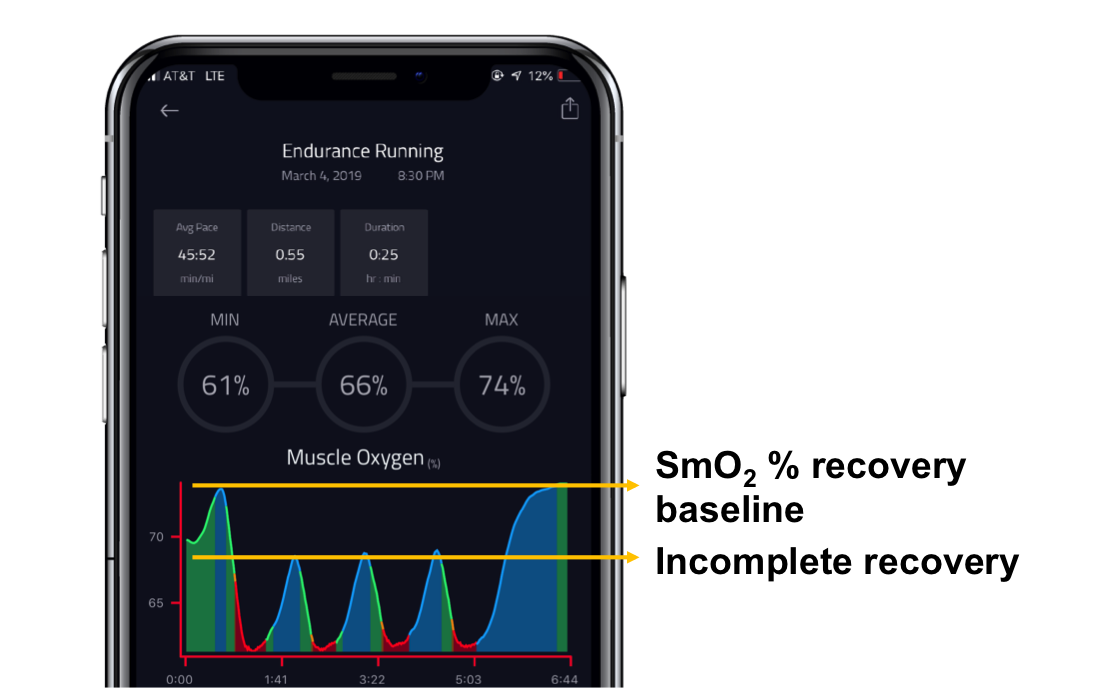
How to Guide Strength and Interval Training with Muscle Oxygen
Measuring muscle oxygen (SmO2) during training provides a localized measurement of exertion and is the only metric that can tell you how your muscles are responding to a workout. Knowing your muscle oxygen during and post-workout provides many insights regarding your warm-up, recovery, fatigue level, and day-to-day progress. Most of us are familiar with the benefits that increasing oxygenation has during endurance training, however less commonly discussed are the benefits during weight training.
Muscle Oxygen and Warm-Up
A proper warm-up reduces the risk of injury, pushes more oxygenated blood to the muscles, and prepares the body for the increased energy demands during an exercise. An athlete who is optimally warmed-up will perform better during the workout and recover more efficiently after. The graphs below compare the muscle oxygen data of an athlete who completed the same warm-up and same workout for two consecutive days.

During the warm up phase, the athlete can see when they were optimally warmed-up by monitoring the increase in muscle oxygenation over time. When comparing the same warm-up on day 2, we can see that the athlete was unable to increase oxygenation to the same levels as the previous day by following the same protocol. In this example, this was a result of fatigue from the previous day and the athlete should continue to warm-up for a longer period of time.
Muscle Oxygen and Strength Training
You’ve warmed up properly and are ready to start lifting weights. Depending on the goal of your workout (e.g. hypertrophy vs. strength), optimizing your sessions with muscle oxygen will help you achieve them.
Below is a data set from an athlete who completed 6 sets of heavy back squats for maximal strength. For strength, optimal workouts involve lifting heavier weight with lower repetitions.

After each set, the athlete pushed up to their SmO2 % performance baseline and did not start the next set until fully recovered back to the green zone (recovery baseline). This ensures the athlete was fully recovered and ready to perform the next set. The recovery and performance baselines were calculated by doing a light set until exhaustion.
If the goal is to train for hypertrophy and muscular endurance the amount of repetitions should be increased and the athlete should try to maintain some muscular hypoxia. Below is a data set from an athlete who completed 4 sets of back squats at a higher volume of repetitions with less recovery time to maintain hypoxic conditions.

After the initial set, the athlete started all the following sets at about 50% recovery in order to maintain muscular hypoxia to train for hypertrophy and endurance.
In both cases, monitoring muscle oxygen can help prescribe the optimal rest period, weight, and repetitions during weight training.
Make sure to check out @behumon on Instagram, Twitter, and Facebook.

